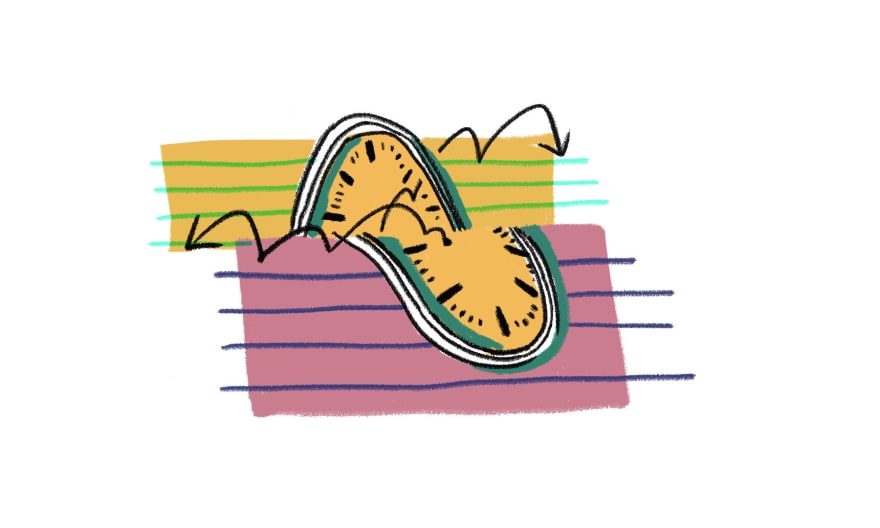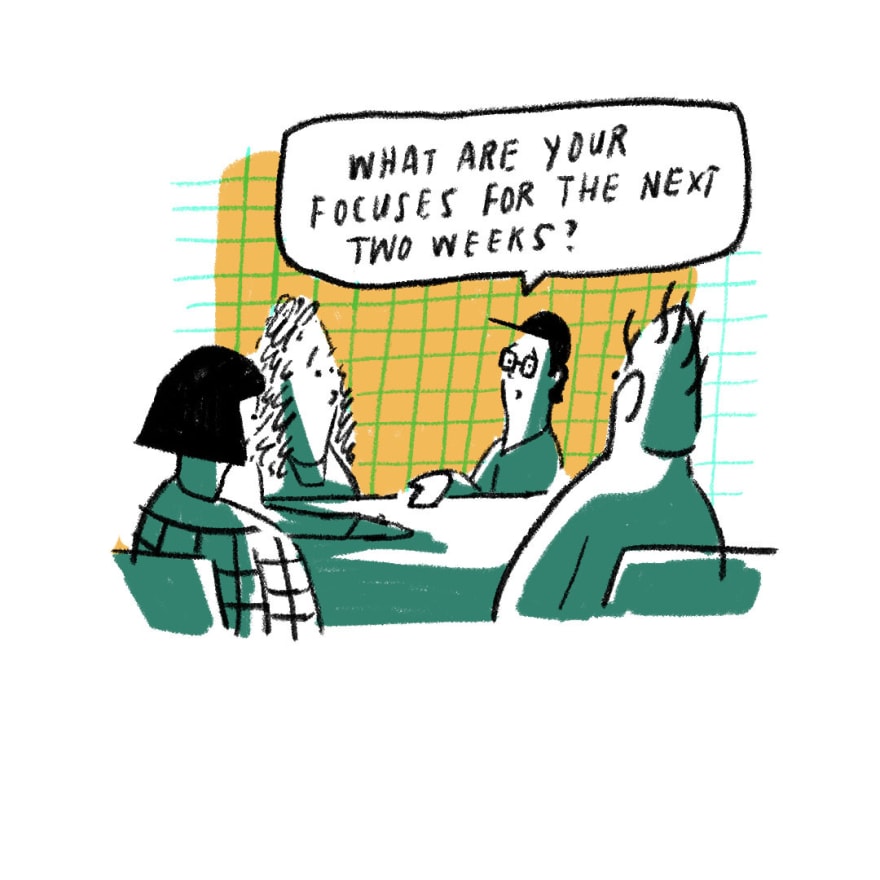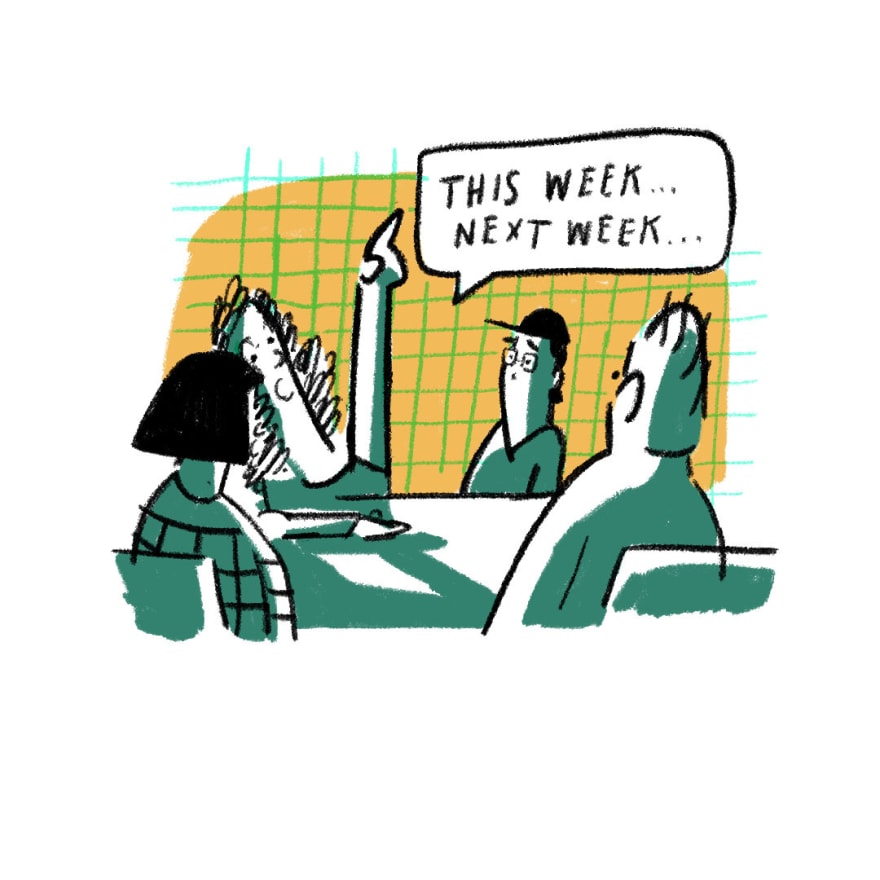This was previously posted on Medium.
Does your weekly meeting with your product team seem to always go over in time? People rushing to cover last points? The need to schedule another meeting just to talk about what wasn’t covered?
Not all meetings are created equal, but I’ve been in enough of them to see that these 30-minute meetings attempt to cover too much in a short amount of time. One of my favorite things about these team meetings is that they bring together all of your cross-functional peers into a single room: the engineers, data scientists, researchers, designers, and PMs. However, it’s easy to cram all of the conversations you want to have with all of these people!
In order to maximize the communication amongst your team and to drive focus to building great products, it’s key for your team to be clear on these three questions:
- Are we heading towards where we want to be?— strategy
- What people are working on to get there? — status
- Are our products working well? — quality
Assuming you and your team have a 30-minute time block to cover all of this, here is monthly schedule for how you can structure your weekly team meetings that optimize everyone’s time:
Week 1: Gut-check on strategy & goals
Are the projects we’re been working on laddering up to our ambitious, half-year roadmap that we had set forth? Are we on the right path, or is this a moment for us to think about re-positioning our focus?
Week 2: Status Updates
Tactical! What’s on people’s plates for the next two weeks? Are there any upcoming blockers or unknowns?
Week 3: Product Quality Bug Bash
Before thinking about building new features, what’s not working properly with our existing products? The responsive menu not opening and closing properly? Mis-alignment of a text wrap on the secondary button? Hover states not working?
Let’s use this time to review the numerous bugs we’ve found and prioritize how we’ll address them. Sometimes, these exercises will reveal larger issues with our product ecosystem, which may ladder up into the strategic conversations that take place during Week 1.
Week 4: Status Updates
Tactical! What’s on people’s plates for the next two weeks? Are there any upcoming blockers or unknowns?
This nets out to 2 hours worth of blocked meeting time with your product team.
Pairing this with other communication norms, like stand-up, Slack, and the usual will maximize everyone’s time and energy.
When I piloted this with my last team at Facebook, I got feedback that they appreciated the level of focus it brought to our meetings and our understanding of our product: zooming into the details when it was appropriate, but also zooming out when it made sense. It helped ensure we gave our time and energy to the most critical conversations at the most appropriate times.
This may not be right for all teams and companies, but here’s a quick take, and I hope you enjoy.









Top comments (0)